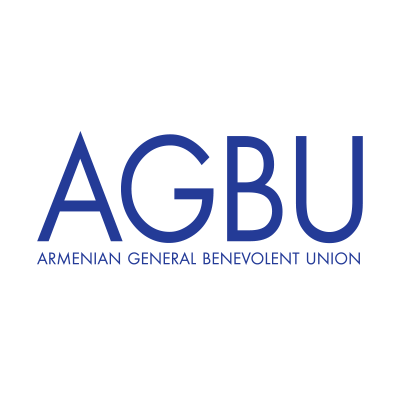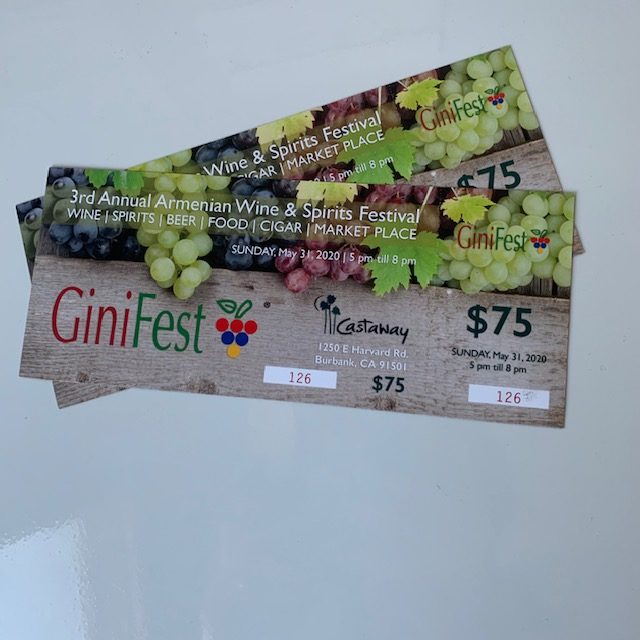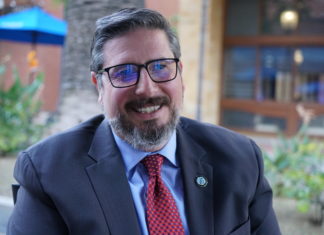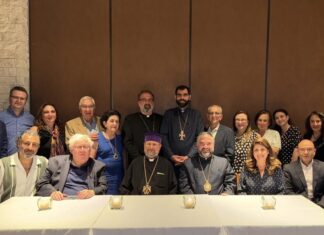GLENDALE, Calif. – For the first time in my life I won a raffle: two tickets to GiniFest, the Armenian wine and spirits festival on May 31 held annually in Los Angeles, California! However, the tickets stayed in their envelope and the festival was postponed until August 16, then October 18….The novel coronavirus pandemic didn’t allow public gatherings. Last year the festival hosted 700 visitors, more than 15 wineries, brandy, vodka, wine, and cheese producers from Armenia, Artsakh, Argentina, Paso Robles and Chile. The festival was held at the Chevy Chase Country Club in Glendale. This year the third annual GiniFest anticipated around 1000 guests and was scheduled to be held at the Castaway restaurant in Burbank, California.
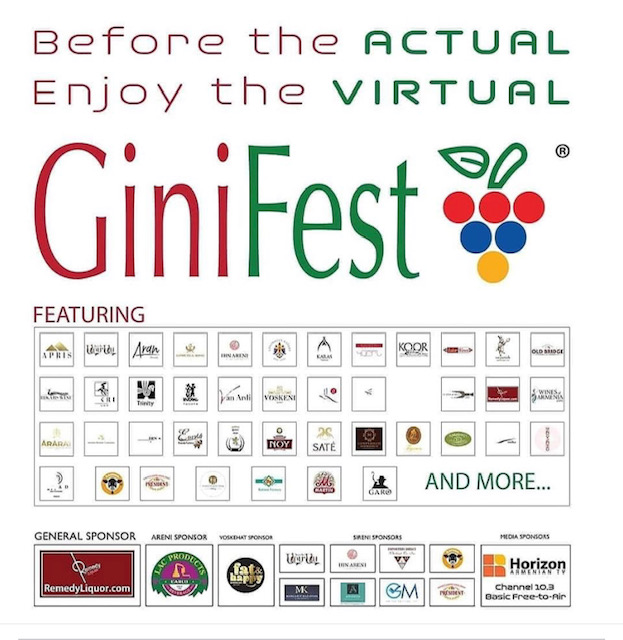
“If the [California state] government allows us to do 3 sets of time with 300 people in each, then we can do it, but if they allow us to have only 50 people at a time, then it’s not possible. Since we are doing it in the restaurant, we have to comply with all the rules and regulations during the public gatherings,” Anush Gharibyan O’Connor, the director of GiniFest shares the inconvenience of making the festival happen during this pandemic. During all three GiniFests, she and Stepan Partamian, the founder of the festival, helped bring the spotlight to Armenian winemakers in the USA. They could not just let the current circumstances hinder all the hard work. So they came up with the unprecedented idea of holding the festival virtually, with the slogan “Before the actual enjoy the virtual.” On August 23, Ginifest went online on Horizon TV and social media platforms with 14 wineries joining live, representing 20 wines and engaging more than 20,000 viewers/guests.

Three years ago Anush was preparing her podcast for “ArmeniaProud—A Toast to Armenia Show,” looking for Armenian productions and businesses to interview and share their stories. She learned that Stepan was organizing an Armenian wine festival. Anush reached out to Stepan to interview him for her podcast. But Stepan had a better idea. Even though he told her that it was just an idea, two weeks later Stepan called Anush and they started to work in realizing the first-ever Armenian wine festival. “I was reaching the winemakers in Armenia, since I already knew almost all of them through my podcasts. Stepan was working on logistics, talking to the local distributors,” remembers Anush. The first GiniFest took place in 2018 at the Chevy Chase Country Club in Glendale, California. The festival hosted 10 wineries from Armenia and South America. With 350 guests, cognac (brandy) educational classes, and a dinner with a pairing wine at the end, the festival became a significant event not only for the Armenian community, but also introduced the rapidly developing wine business to local wine enthusiasts and professionals.

During our interview Anush is sipping Apris, a wine from Artsakh, and giving me a real masterclass about the specifics of Armenian wine. “There are several reasons which make Armenian wine special. First, the majority of it is being produced from the indigenous varietals. Those are the the varietals that originated in Armenia. For red wine, the most popular variety is Areni, which grows in Yeghegnadzor. From the whites, it’s Voskehat. The second reason is the terroir: the climate, the soil and the topography. Armenia is at such a high elevation, and grapes that are grown at such elevations are different: the grapes ripen slowly and preserve their fruit quality, their acidity and [they] mature elegantly. The third reason is the usage of an ancient vessel or karas. Clay gives different qualities characteristic to the wine. It gives a little microoxygenation that helps with the very slowly maturing of the wine. It’s a very tricky and a risky thing to do. Not everybody can work with karas’s. After the wine maker makes the wine in the concrete or stainless-steel tank, he puts it in the karas to age. Zorah was the first winemaker who reintroduced the technique to the other Armenian winemakers and soon, other wineries, like Voskevaz and Kars, started to use karas’s in their production.”
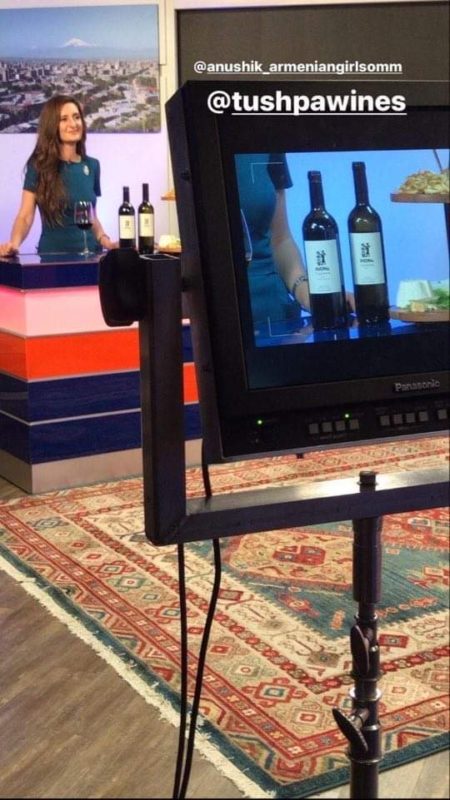
Next is the usage of the Caucasian oak. “Almost all the expensive wines in the world have been aged in oak at some point, or fermented in it. Oak is very important for both red and white wine. In Artsakh we have our own species of oak that adds its native qualities to the native varieties in the wine.” Anush is sharing all her knowledge as a sommelier. “The volcanic soil is another advantage of the Armenian wine. And let’s not forget the history of being the oldest wine producers in the world.” Anush concludes the masterclass.

The newly developing wine industry in Armenian is heavily influenced by the Diasporan Armenian expatriates from the Diaspora who return to the motherland with their education, knowledge, and experience. However, wine making is mostly a passion, not a profitable business.

